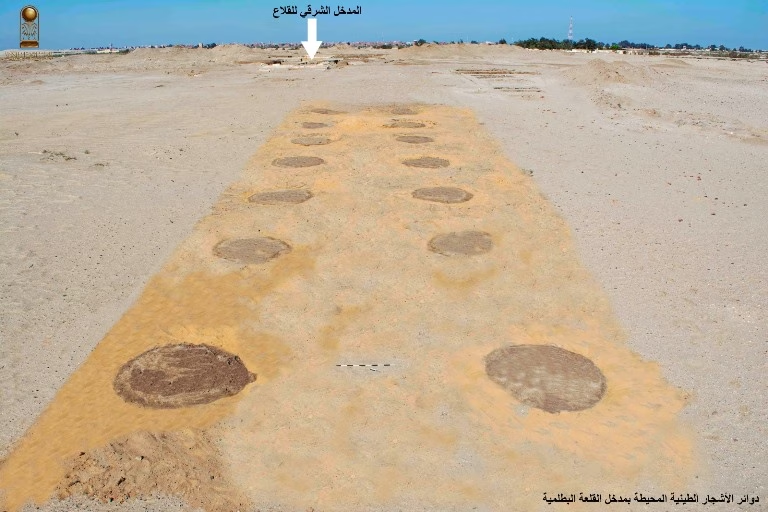Ongoing archaeological excavations at Tell Abu Saifi, located in Egypt’s North Sinai region, continue to shed light on the intertwined military and industrial functions of this historically rich site. Layered remains from multiple civilizations have revealed not only Ptolemaic and Roman-era fortifications but also defensive structures that date back to even earlier periods.
Glimpses into Daily Military Life of the Roman Era
Archaeologists have unearthed well-preserved Roman military housing units, which provide rare insights into the daily life of soldiers stationed at this crucial frontier. These structures, believed to date back to the reigns of Emperors Diocletian and Maximian, suggest that the site functioned as both a fortified military base and a long-term residential settlement.
A Triple-Layered History of Fortifications
Excavation teams uncovered a previously unknown third layer of fortification beneath the well-documented Roman and Ptolemaic structures. According to excavation director Hisham Hussein, four corners of this older fortress have already been identified, and dating efforts are underway. Preliminary analysis suggests this fort predates the Roman and Ptolemaic periods, underlining the site’s enduring strategic significance.

Planned Infrastructure and Military Landscaping
A significant discovery was a 100-meter-long limestone-paved road, which connected the Roman fort’s eastern gate to the inner areas of the site. This road was built atop an older Ptolemaic route, showcasing a continuity in infrastructure planning. Along its sides, over 500 clay planting pits were found, likely used for cultivating trees that once lined the fort’s entrance — a rare example of landscaping in a military context.
Industrial Activity: Evidence of Lime Production
In addition to its military role, the site served as an industrial center during the Roman era. Excavators found four large lime kilns, indicating the production of building materials and possibly the dismantling of older structures for reuse. This points to a high level of organized resource management at the time.
Deep Defense Systems of the Ptolemaic Fortress
At the entrance of the Ptolemaic fort, a defensive trench more than two meters deep was uncovered, further illustrating the complex and layered security measures employed. The eastern gates and architectural features reveal a proactive and adaptive approach to protecting Egypt’s eastern frontier.

Tell Abu Saifi: Egypt’s First Line of Defense
According to Minister of Tourism and Antiquities Sherif Fathy, Tell Abu Saifi was not only a military stronghold but also an important industrial hub throughout various historical periods. He emphasized that these discoveries provide deeper insight into the ancient defense systems established to protect Egypt’s eastern borders.
A Site of Ongoing Discovery Near Ancient Tharu
Tell Abu Saifi’s proximity to the ancient frontier city of Tharu has always placed it at the heart of Egypt’s border defense strategy. Current excavations continue to reveal the site’s evolution from a strategic military post to a multifaceted center of social, economic, and industrial activity. Experts assert that the site offers a unique window into the complex nature of border management and military logistics in ancient Egypt.
Egypt’s Ministry of Tourism and Antiquities
Cover Image Credit: Egypt’s Ministry of Tourism and Antiquities- Facebook





!["Game[in]g Problems" Exhibition in Elche: Video Games Redefine History](http://ancientist.com/wp-content/uploads/2025/05/POSTER_Gameing_Problems_Historytelling-300x300.avif)